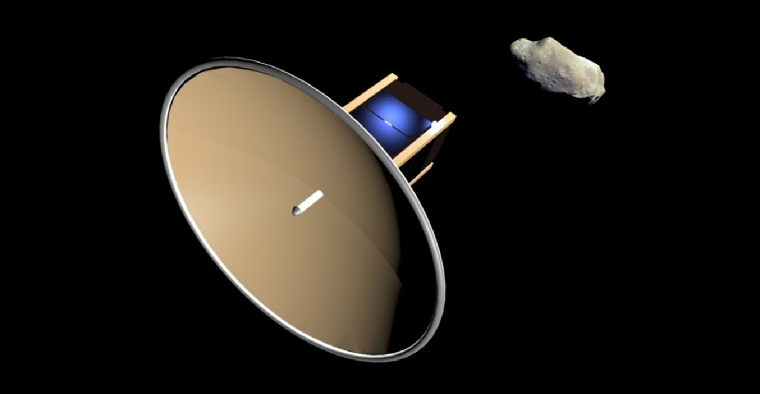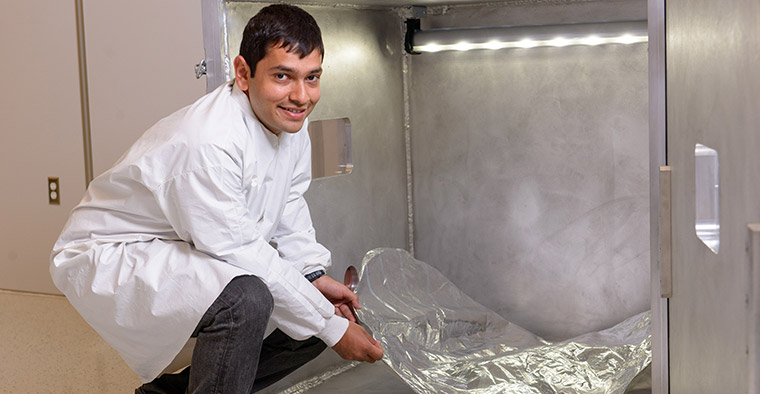Inflatable antennas hold immense potential as the next generation of low cost solutions for interplanetary cube-sat communications. The increasing need for space structures with large surface area and low storage volume has focussed an interest in thin membranes as promising choices for inflatable antennas. Inflatable membrane designs pose a multitude of challenges. Among them, the most significant are maintenance of accuracy in shape upon deployment, shielding from harsh outer space environment and ensuring a robust deployment sequence. Our work on inflatable membranes is focussed on three components. The first is understanding the dynamics of the inflation process and its effects on the membrane through extensive simulation and analysis, the second is the design and development of a deployment system to release the membrane into space and the third is construction and testing of prototype inflatable antenna in simulated outer space conditions. At SpaceTREx, we have initiated a number of fundamental studies towards realizing a functional and reliable inflatable communication system. Among these are structural simulations of wrinkle formation in inflated membranes, reduction of wrinkle amplitude and frequency using optimized structural design, experimentation of novel means to inflate membranes using chemical sublimates, enhancement of structural reliability to withstand outer space environments and rigidization on command using UV curable resin filled membrane structures. Our work relies heavily on computational solid mechanics, three dimensional solid modelling, robust structural optimization and control system design. Our goal is to achieve a fully capable system and integrate in onto a cubesat occupying no more volume than 0.5U.

